Artificial Intelligence Benefits
Artificial intelligence (AI) emerges as a catalyst for sustainable developments in the 21st century. AI has come to existence since the mid of century and ever since evolved to the extent that humanity can’t dream of life without it now. This article explores the multifaceted role of AI in strengthening environmental administration and responsible innovation. Let us dive into the realms of AI applications that pave the way for a greener, and a more sustainable future.
AI: Powering a brighter, cleaner future through energy optimization
Artificial intelligence is revolutionizing the energy sector. By analyzing data patterns, AI optimizes energy consumption, reducing waste and promoting sustainable practices. In 2024, harnessing AI for energy efficiency becomes paramount for a sustainable future.
Imagine a world where buildings learn your habits, adjusting temperature and lighting for peak comfort while slashing energy bills. Where wind farms predict gusts, maximizing output, and smart grids seamlessly integrate renewables, stabilizing supply. Smart Grids powered by AI algorithms will manage electricity distribution dynamically, ensuring efficient utilization and reducing overall energy consumption. This is the promise of AI in energy optimization – a future of efficiency, sustainability, and cost savings.
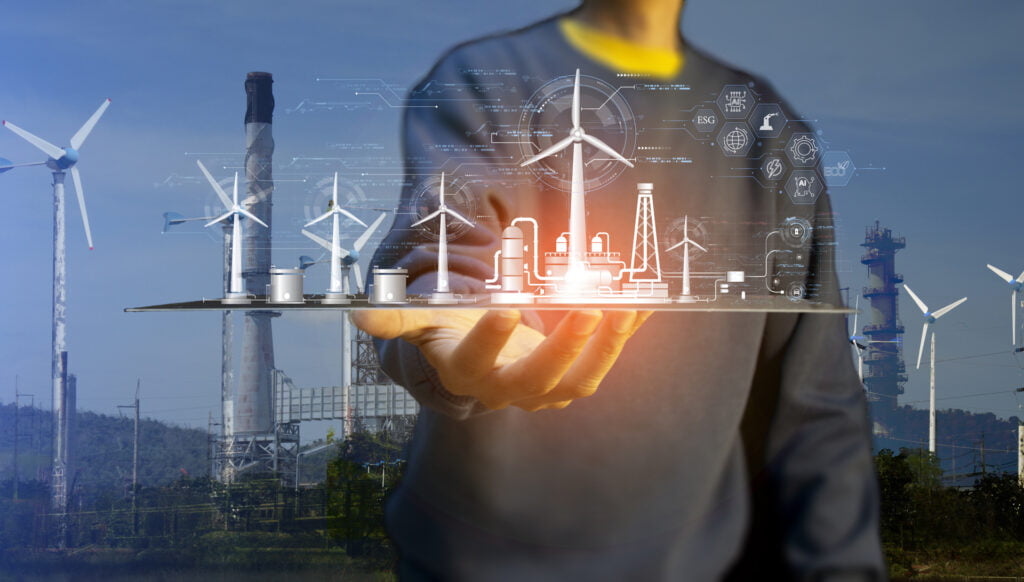
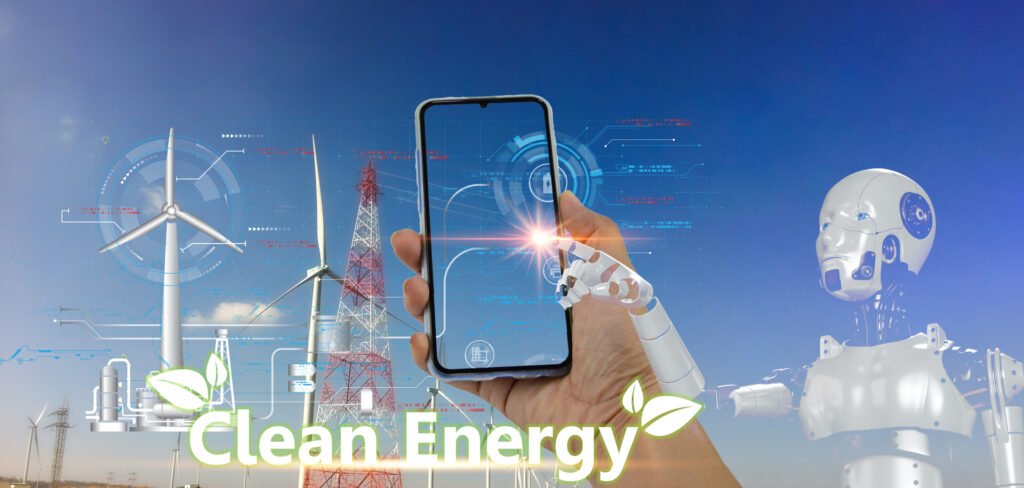
AI algorithms are already analyzing vast data sets, learning consumption patterns, and identifying inefficiencies. From homes to factories, AI optimizes everything – heating, air-conditioning systems, other heavy duty appliances, and even entire grids. Predictive maintenance prevents breakdowns, minimizing waste and cost.
The benefits are multifold: reduced emissions, lower energy costs, and a more resilient, dynamic grid. This empowers the individuals, businesses, and entire nations to embrace a sustainable future. While challenges remain – data privacy, ethical considerations, and accessibility – the potential of AI in energy optimization is undeniable. It’s not just about saving energy; it’s about building a cleaner, brighter future for all.
Smart Cities – Powered by AI: A Vision for Tomorrow
The integration of AI in urban planning leads to the creation of smart cities. From efficient waste management to intelligent traffic control, AI enhances urban living while minimizing the ecological footprint. In 2024, we witness more city-wide AI-powered initiatives. Barcelona, for example, employs AI to manage traffic lights based on real-time traffic flow, reducing congestion and emissions.
Imagine bustling metropolises humming with intelligence. Traffic lights that anticipate your route, waste bins that self-empty, and buildings learning your needs. This isn’t science fiction; it’s the future of smart cities powered by AI already in the inception phase in many cities across the world.

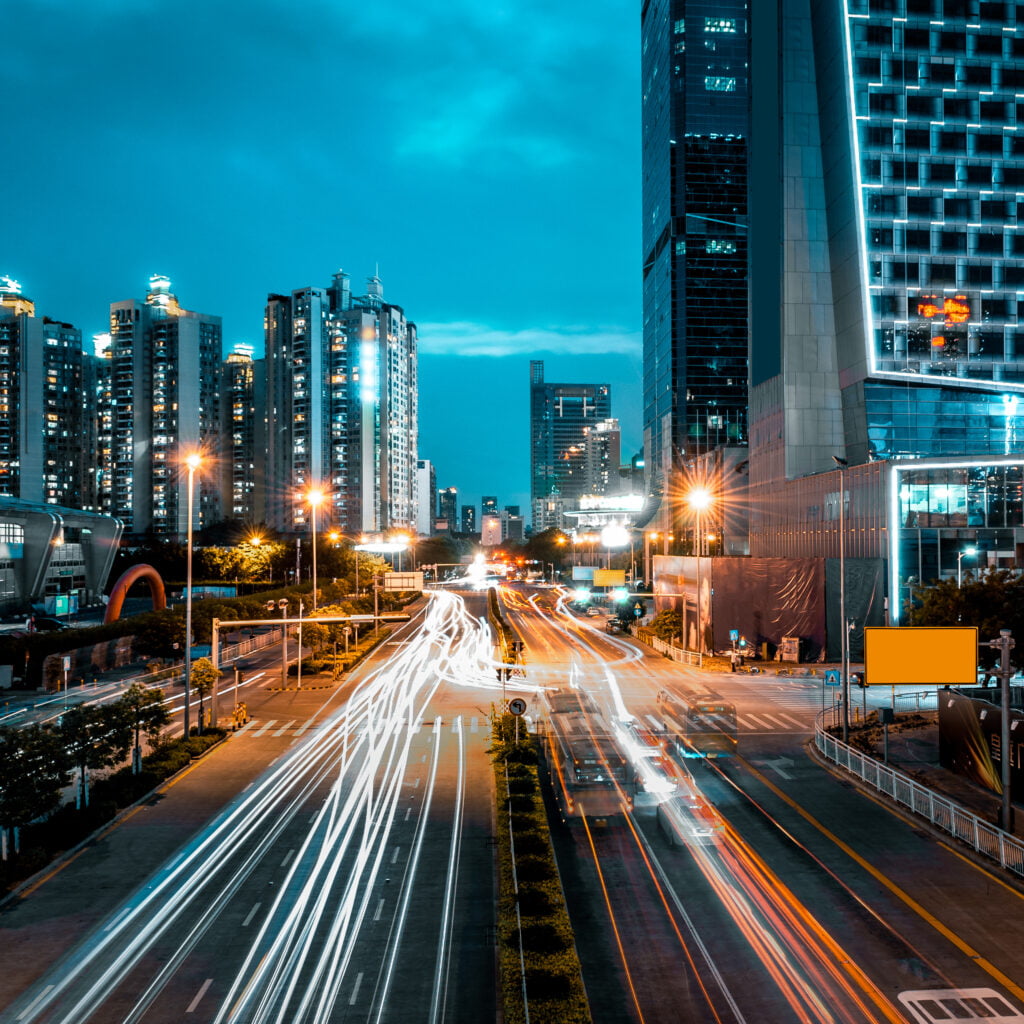
Smart city sensors generate mountains of data – traffic patterns, energy consumption, public safety insights. AI’s magic lies in turning this data into action. Algorithms optimize traffic flow, reducing congestion and emissions. Predictive maintenance alerts city services to fix potholes before they’re a problem. AI analyzes crime patterns, allocating resources where needed most.
The benefits are manifold – increased efficiency, lower costs, and improved quality of life. Smart grids manage energy demand, integrating renewables for a greener future. Public services become proactive, anticipating needs and responding swiftly. Citizens engage with their city through interactive platforms, enriching a sense of belonging.
Of course, challenges remain. Ethical considerations, data privacy concerns, and accessibility must be addressed. But the potential is undeniable. By harnessing the power of AI, smart cities can create a future that is sustainable, livable, and truly intelligent.
Leveraging AI for Environmental Conservation
Precision Planting : AI Feasibility
AI-powered precision agriculture techniques enable farmers to optimize crop yields while minimizing resource usage. Explore how AI-driven insights will reshape traditional farming practices, promoting sustainable agriculture in 2024 and further. In practice, AI sensors on agricultural equipment analyze soil conditions, crop health, and weather data to provide farmers with actionable insights for precise and supportable farming practices.
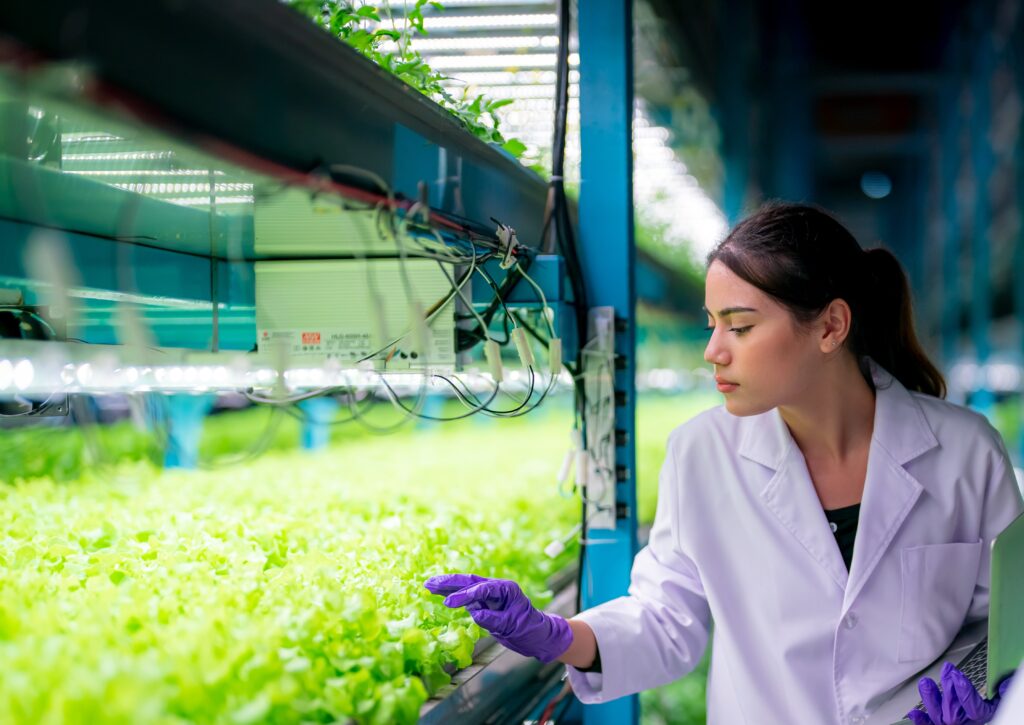
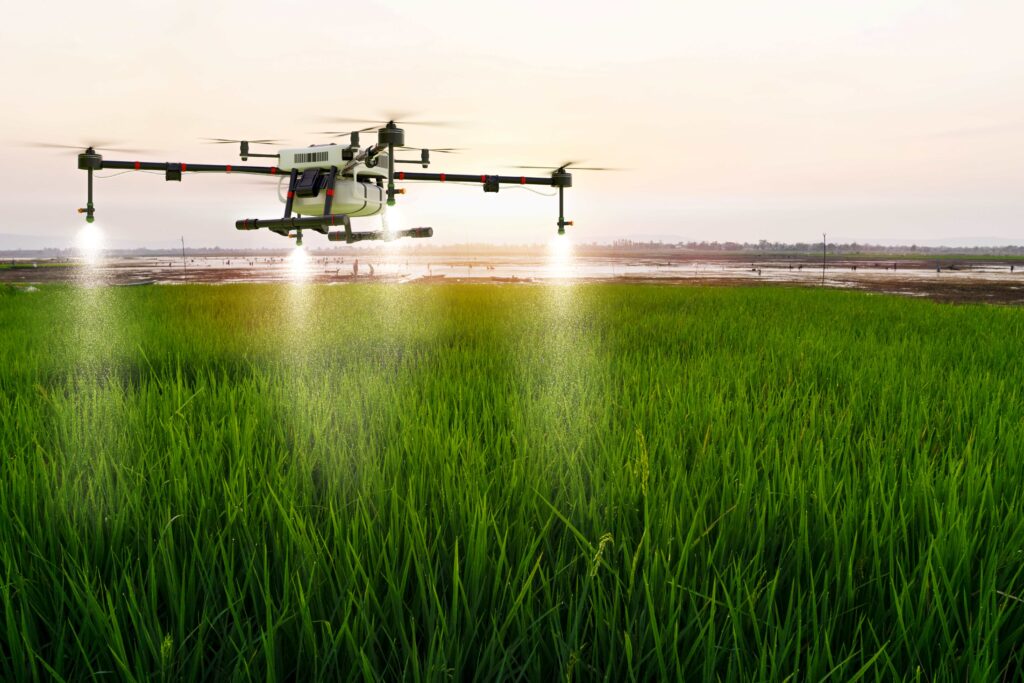
Picture a vast field, not uniform green, but with a mosaic of data-driven decisions to ponder upon. This is the future of farming, where precision agriculture replaces one-size-fits-all with customized care. GPS-guided tractors apply fertilizer and water, treating each patch based on its unique needs. Drones equipped with infrared sensors map crop health, pinpointing areas stressed by pests or drought. Soil moisture sensors whisper directly to irrigation systems, ensuring every drop counts.
The benefits are bountiful. Yields soar as resources are targeted where they matter most. Waste shrinks, benefiting both farmers’ wallets and the environment. The Earth breathes easier, as overuse of water and chemicals are controlled.
Examples abound. California vineyards use drones to detect diseased grapes, saving tons of fruit. Kenyan farmers optimize fertilizer with soil maps, doubling maize yields. In India, precision irrigation slashes water use by 30%. From seeding to harvest, precision agriculture paints a vibrant picture.
Eyes on Nature: Biodiversity Monitoring Power of AI
From tracking elusive jaguars in rainforests to mapping coral bleaching from space, AI is revolutionizing biodiversity monitoring. Gone are the days of painstaking manual and analog analysis. Now, cameras powered by machine learning identify species in real-time, drones survey vast landscapes, and acoustic sensors listen for endangered bird calls.
Imagine satellite images pinpointing illegal deforestation & poaching, or underwater robots scanning for threatened reefs. AI analyzes the data, alerting conservationists to changes and threats. This rapid, large-scale monitoring lets us understand ecosystems better, analyze threats, and protect vulnerable species.
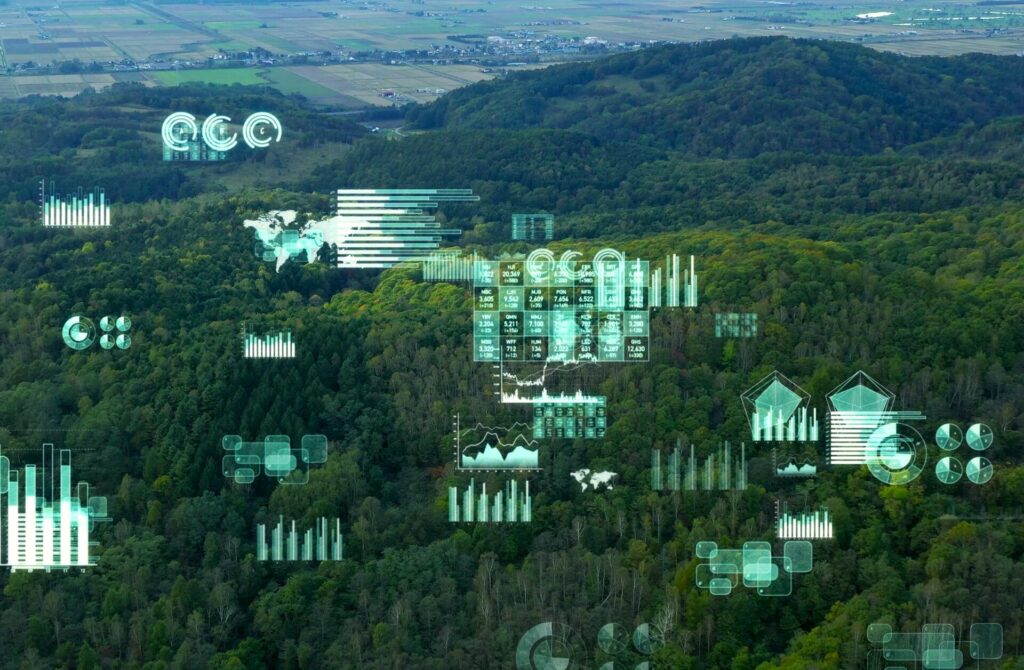
This isn’t just tech saving animals; it’s about safeguarding the web of life we all depend on. By welcoming more enhanced AI, we will gain the eyes and ears nature needs, securing a biodiverse future for generations to come. A prime example is the use of AI in monitoring endangered species where AI-powered cameras and sensors track animal movements, helping conservationists.
AI algorithms analyze vast datasets to monitor and protect biodiversity. Learn how cutting-edge technology aids in wildlife conservation efforts and safeguards ecosystems for future generations.
AI’s Role in Climate Change Mitigation
Decoding the Earth’s Whispers: Climate Modeling and Prediction
In the fight against climate change, AI plays a pivotal role in climate modeling and prediction. Understand how AI algorithms process complex climate data, providing valuable insights for proactive climate change mitigation strategies. One notable application is the use of AI in predicting extreme weather events, allowing communities to prepare and adapt to changing climatic conditions.
Enter AI, the game-changer. Machine learning is being used to learn massive datasets to improve cloud modelling, a key driver of weather patterns. AI is trained on historical data to detect patterns in heatwaves, floods, and storms, improving early warning systems.
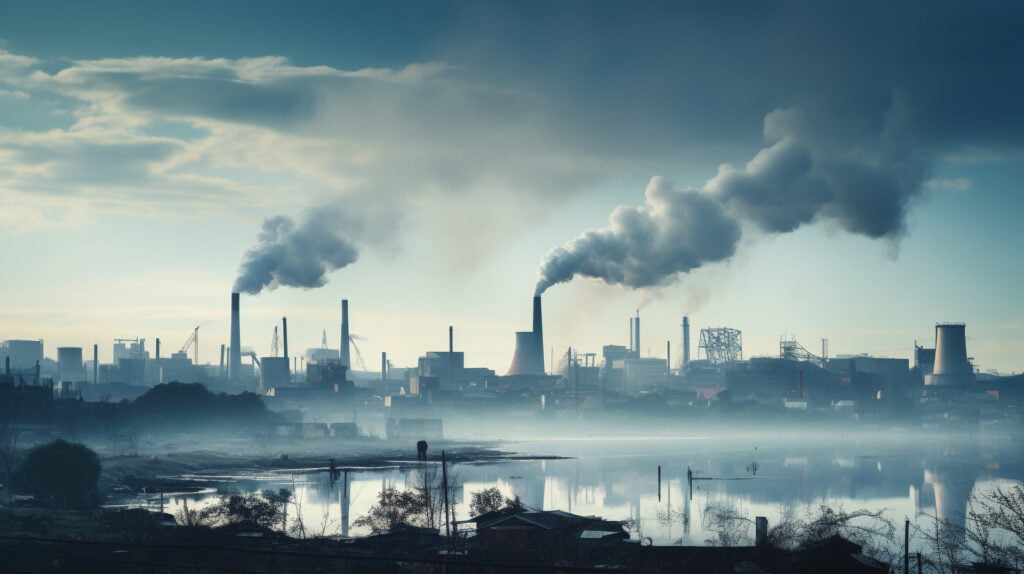

Ever wonder how we see climate change coming? It’s all thanks to climate models – virtual Earths built on powerful computers. They mimic our planet’s complex systems, from sun, wind, and ocean currents to the heat trapped by greenhouse gases. Think of it like simulating weather, but on a grand scale. These models crunch real-world data, past and present, then play out possible futures based on different scenarios. Like, what if emissions keep rising? Or wind farms dot the landscape?
The results aren’t crystal balls, but they paint a picture. Imagine hotter summers in California, wetter monsoons in India, or rising sea levels threatening coastal cities. These predictions guide crucial decisions, from flood defenses to energy policies.
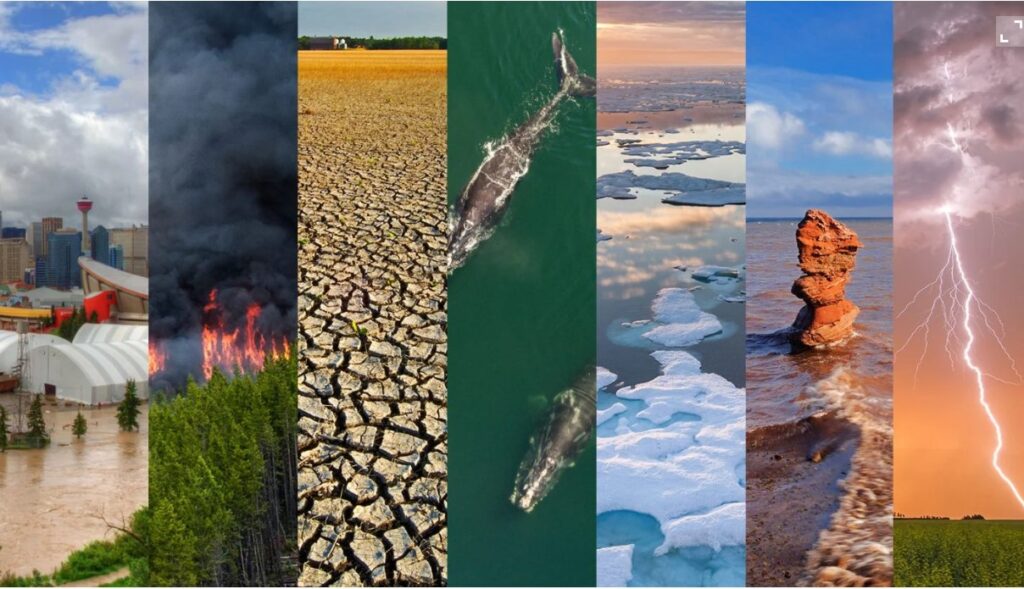
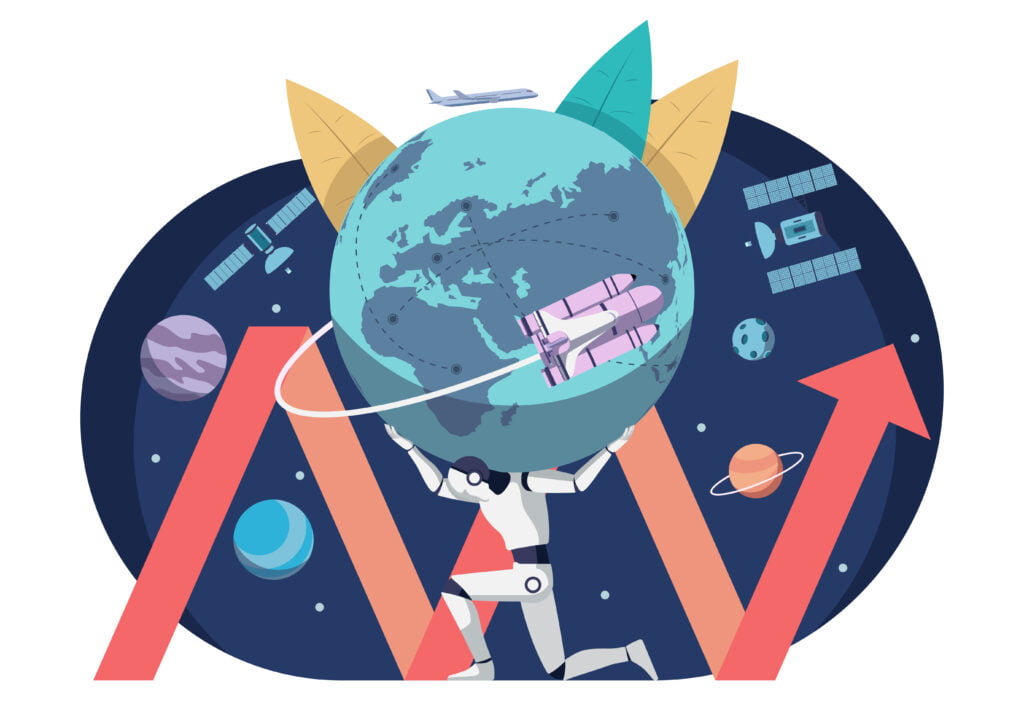
For example, in California, AI-powered “hyperlocal” forecasts help farmers optimize water usage during droughts, saving precious resources. Climate modeling with AI is still evolving, but the future is clear: a world with more accurate, granular, and life-saving predictions, driving better preparedness and smarter decisions in a changing climate.
AI Shrinking Your Carbon Footprint: One Algorithm at a Time
Industries leverage AI to reduce their carbon footprint through optimized processes and resource management. For example, AI-driven supply chain optimization minimizes transportation emissions, warehouse energy usage, and overall environmental impact, leading to a greener and more sustainable industry.


Remember those “smart plugs” you just installed? They’re not just convenience – they’re AI soldiers in the fight against your carbon footprint. AI’s analytical might is slashing emissions across sectors:
- Buildings: AI-powered systems learn usage patterns, optimizing heating, cooling, and lighting, saving a building in Chicago 20% on energy and tons of CO2. AI-powered thermostats in Smart-homes will learn your habits, adjusting temperatures efficiently, saving up to 20% on energy bills and emissions.
- Transportation: Smart traffic routing apps like Waze cut congestion and emissions, while AI helps Tesla cars drive greener, saving drivers up to 10% on energy. AI optimizes routes for trucks, reducing fuel consumption and carbon footprint. Imagine a 20% cut in emissions for Amazon deliveries!
- Agriculture: AI analyzes soil and weather to optimize irrigation and fertilizer use, reducing emissions and boosting crop yields, like in a Dutch project saving 20% of water.
- Renewable power boost: AI predicts wind and solar output, allowing grids to integrate renewables seamlessly, reducing reliance on fossil fuels.
It’s a win-win. We shrink our footprints, and AI helps businesses optimize efficiency. It’s not magic, but it’s pretty darn close.
AI and Social Sustainability
AI unlocks Learning Doors: Accessibility & Enhancement in Action
AI-driven educational tools promote inclusivity and accessibility. Its amazing how AI is bridging educational gaps and bringing socially sustainable quality education to diverse populations. Virtual tutors powered by AI personalize learning experiences, catering to individual student needs and improving overall educational accessibility.

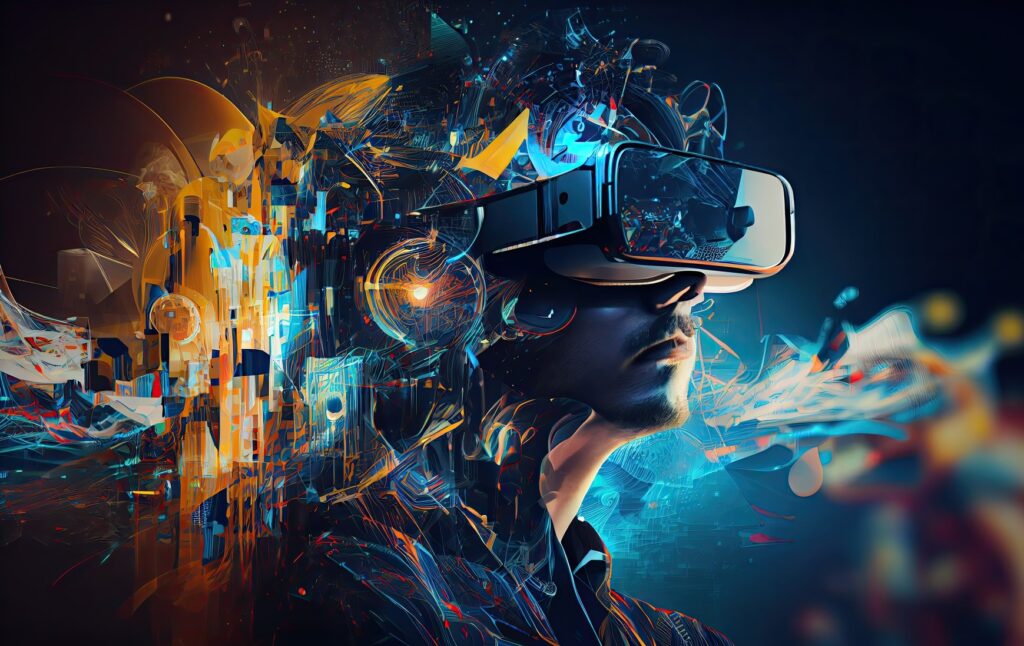
Education is no longer confined by classrooms! AI tutors like Kira in India translate lectures for deaf students, while in Brazil, Sophia analyzes student work, spotting dyslexia early. Immersive VR headsets transport students to ancient Rome or dissect virtual frogs, erasing geographic and physical barriers. AI tailors learning paths, like Knewton suggesting the perfect next textbook chapter based on a student’s progress. The future of education is inclusive, engaging, and personalized, powered by AI.
AI in Healing Hands: Healthcare’s High-Tech Future
AI is no longer futuristic fantasy; it’s revolutionizing healthcare. Imagine: DeepMind’s algorithms detecting breast cancer in mammograms earlier and more accurately, preventing countless needless biopsies. Or robots like “Mazor X” assisting surgeons in delicate spinal procedures, minimizing errors and recovery times. AI-powered chatbots like Babylon Health offer 24/7 medical advice, reducing pressure on doctors and reaching remote communities.
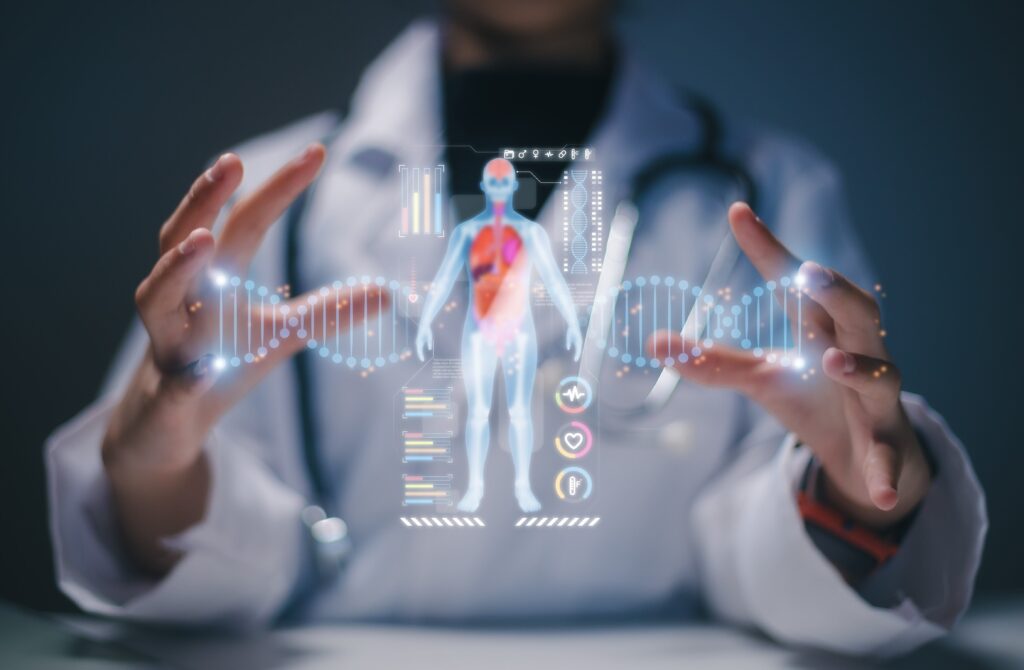
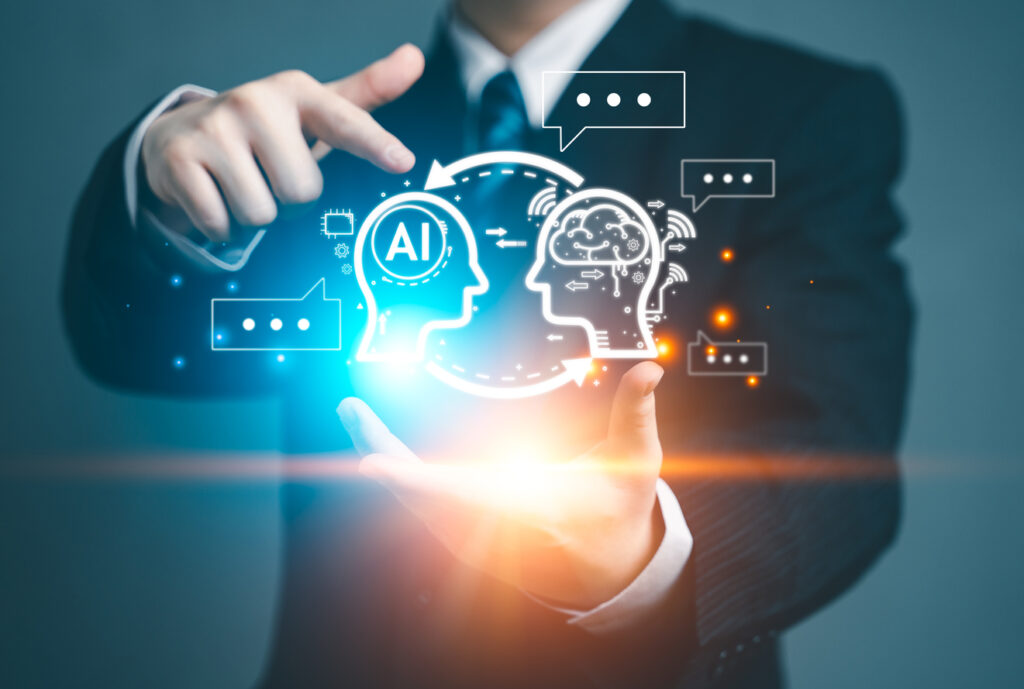
AI accelerates research, enhances diagnostics, and improves patient care. It has a transformative impact, ensuring a healthier and more sustainable society. An example is the use of AI in drug discovery, where algorithms analyze vast datasets to identify potential compounds, accelerating the development of new and sustainable pharmaceuticals.
This is just the beginning. Virtual nurses monitor vitals, predict health risks, and personalize treatment plans. Drug discovery, once a decades-long slog, is accelerated by AI, analyzing millions of molecules to find life-saving medicines faster. The future of healthcare looks brighter, thanks to AI’s intelligent touch.

AI for Evergreen Development: Challenges and Opportunities
Ethical Considerations in AI Development: A Double-Edged Sword
As 2024 will progress, we’ll embrace AI more and ethical considerations come to the forefront, too. Striking the right balance between innovation and humane considerations ensures responsible AI applications that contribute positively to the World. Few examples amongst abound individual user AI platforms are :
1. GPT-3: A large language model capable of generating human-quality text, translating languages, writing different kinds of creative content, and answering your questions in an informative way.
2. DALL-E 2: A text-to-image diffusion model that creates realistic images and art from text descriptions.
3. ChatGPT: A conversational AI model that can engage in open-ended dialogue and generate realistic text.

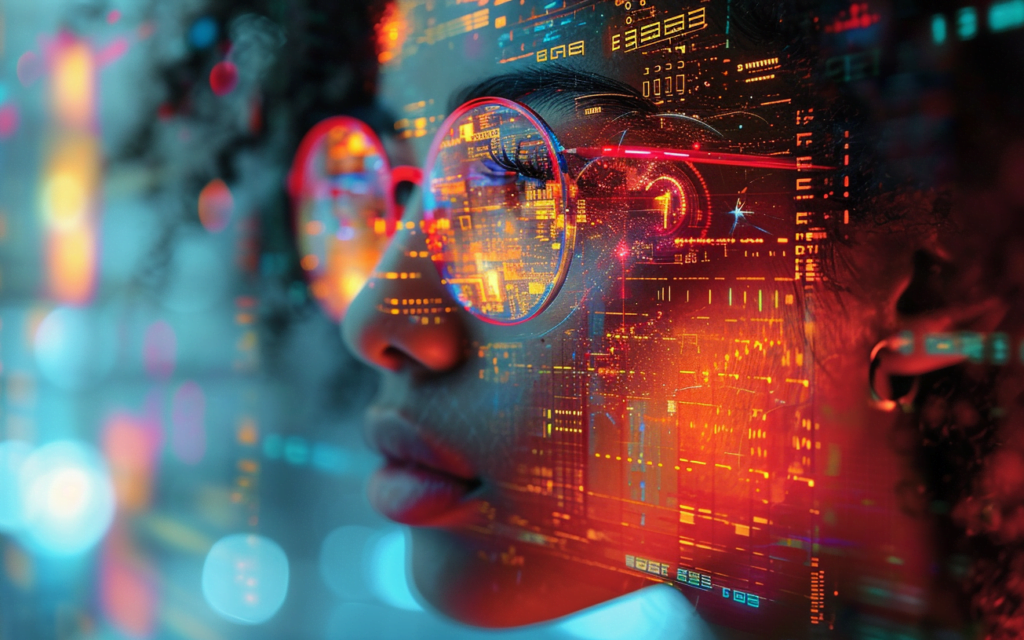
4. Midjourney: This AI platform allows to create stunning images and artwork based on text prompts. You can describe the scene, style, and mood you want, and it will generate unique and creative visuals.
5. Codex: A language model that can translate natural language into code, allowing users to create programs without any programming experience.
6. Jukebox: A neural net that generates music, including singing, rapping, and melodies, in a variety of genres and styles.
7. Copilot: An AI-powered coding assistant that suggests code completions and snippets as you type, helping you write code faster and more efficiently.


8. Otter.ai: This platform transcribes audio and video recordings in real time, with high accuracy. It can also summarize the recordings and identify key points.
9. Jasper: This AI writing assistant can help you with a variety of tasks, from writing blog posts and emails to creating marketing copy and social media content. It can also help you with brainstorming and editing.
10. Bard AI: This large language model can answer your questions in an informative way, even if they are open ended, challenging, or strange. It can also generate different creative text formats of text contents.
Like any powerful tool, it comes with a flip side of potential repressive threats and ethical controversies. Few controversies to mention like:
- ChatGPT’s potential for misinformation: ChatGPT, lauded for its conversational prowess, has been criticized for generating misinformation and perpetuating harmful stereotypes. Its ability to generate realistic text raises concerns about fake news and propaganda. Imagine ChatGPT being used to create deep-fakes or spread disinformation about climate change, or socio-political unrest.
- Midjourney’s ethical dilemmas: Midjourney’s breathtaking art comes at the cost of potential copyright infringement and the ethical ambiguity of AI-generated art. Its ability to generate images of people raises questions about consent and the potential for fakes. Imagine Midjourney being used to create harmful or offensive content.


Any benefit from a positive technology aren’t without challenges. Furthermore, the opacity of certain AI algorithms raises concerns about transparency and accountability. These controversies highlight the need for responsible development. Deployment and access of AI should be according to different age groups, ensuring it serves public good rather than amplifying societal issues.
Moving forward in the New Year, addressing these challenges is crucial, and responsibly solving them too. Developers must prioritize energy-efficient algorithms, utilize diverse datasets to combat bias, and ensure transparency in decision-making processes, consecutively making them available democratically to public with apt protocols by administrators. Users must exercise critical thinking, fact-check AI outputs, and hold platforms accountable for ethical lapses. Governments and organizations are establishing clear regulations and guidelines for AI usability, focusing on its responsible usage for a sustainable future.
With the sudden boom of AI 2021-23 onwards, in 2024, the synergy between AI and sustainable developments is propelling us towards a future defined by innovation, conservation, and social responsibility. We all have to embrace the transformative power of AI to build a better world that benefits current and future generations. AI cannot be a magic bullet for viability, but it can be a powerful tool in our arsenal. By acknowledging its potential and proactively addressing its drawbacks, we can ensure that AI empowers us to build a more equitable societies


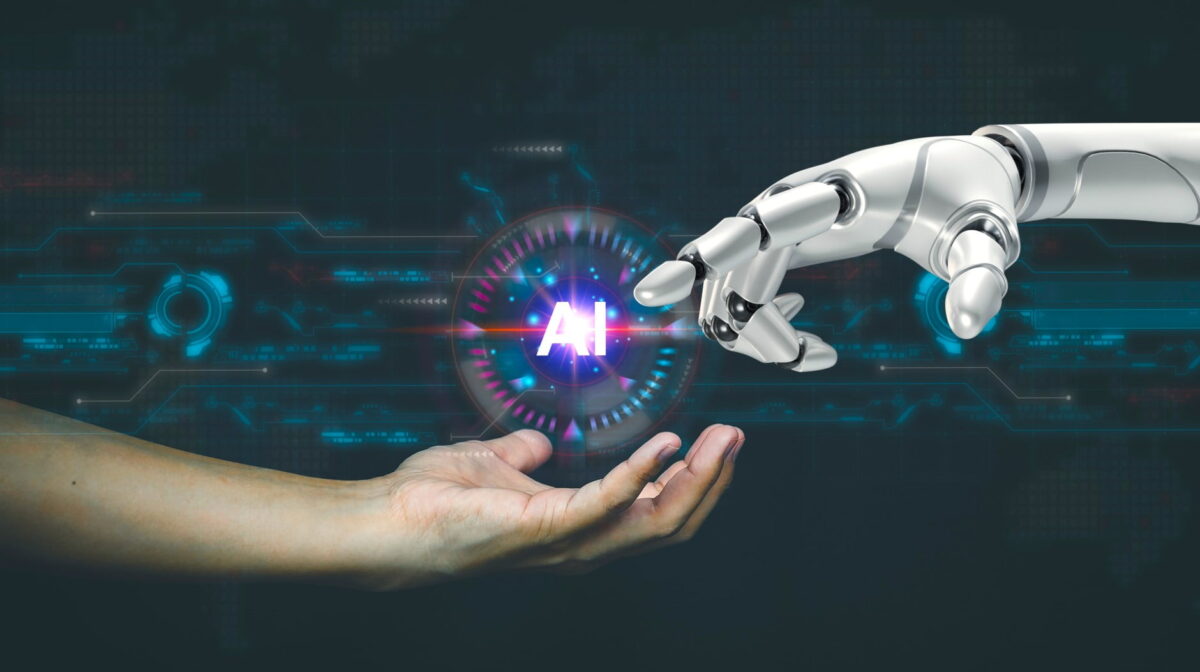
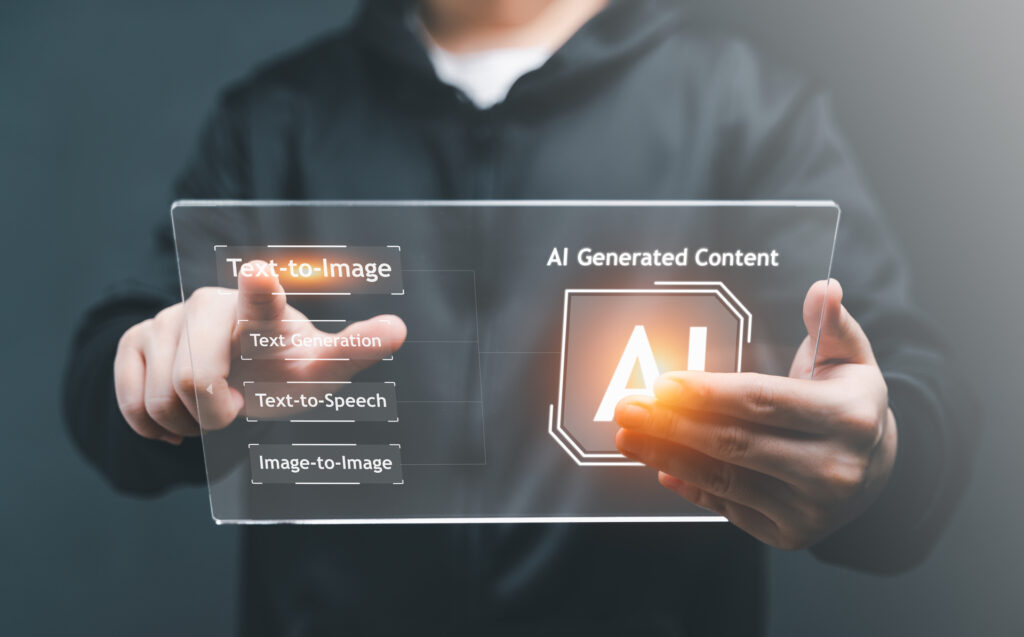
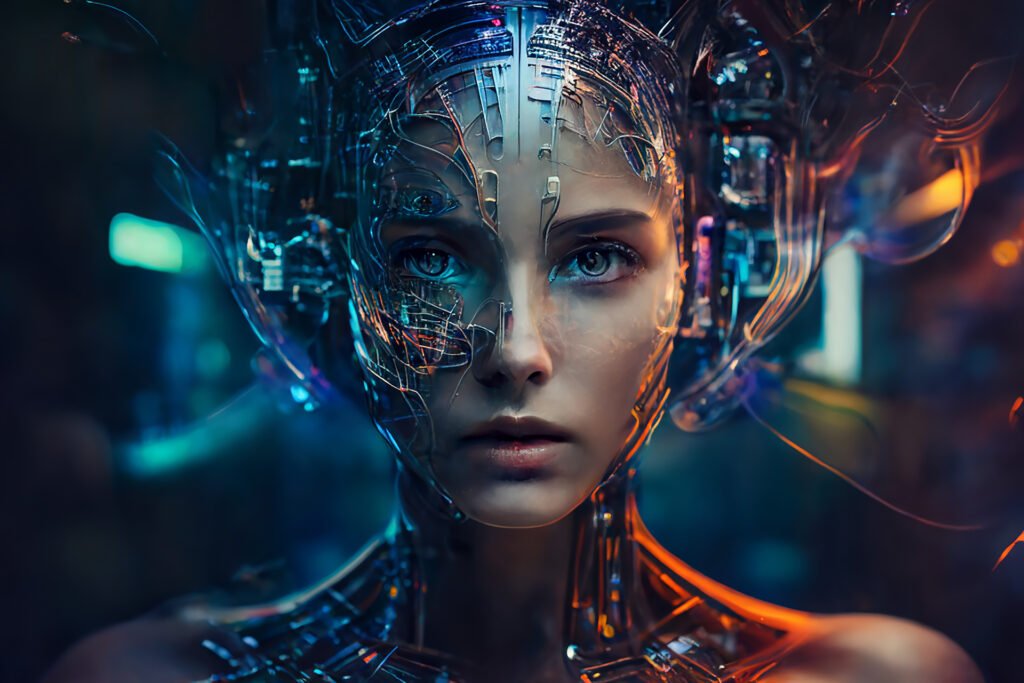
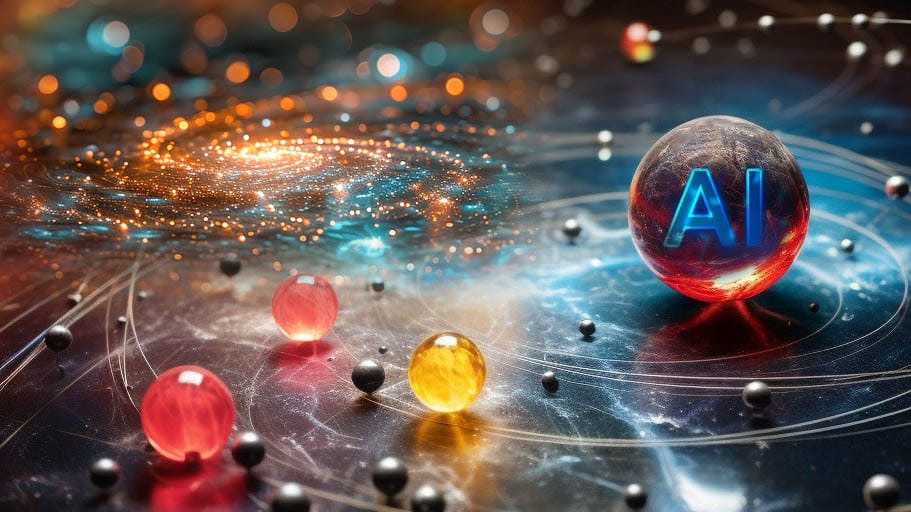

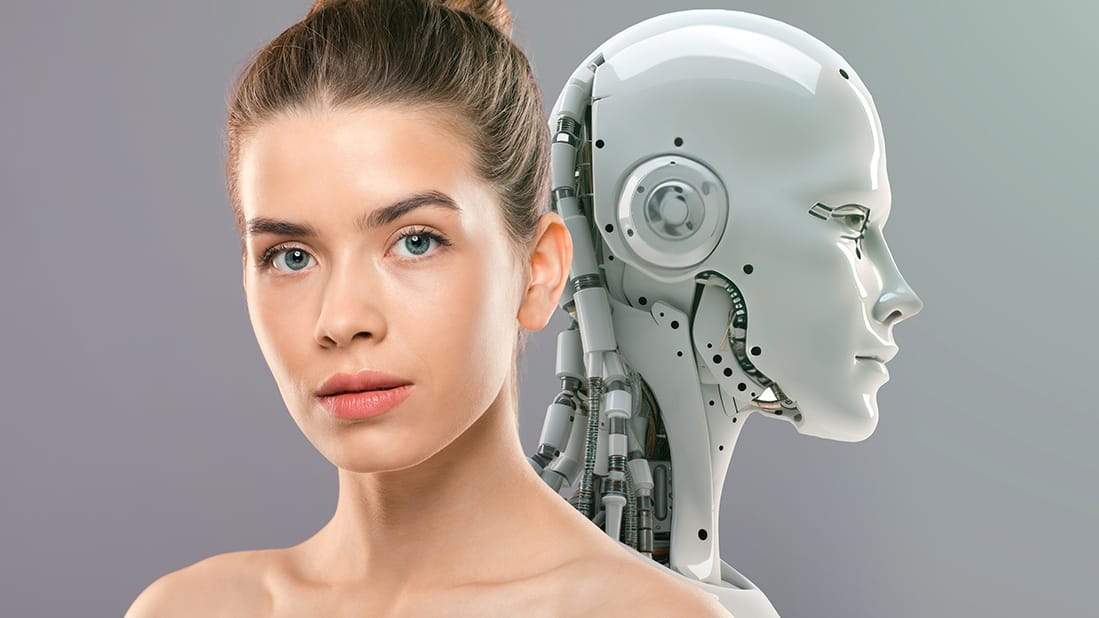
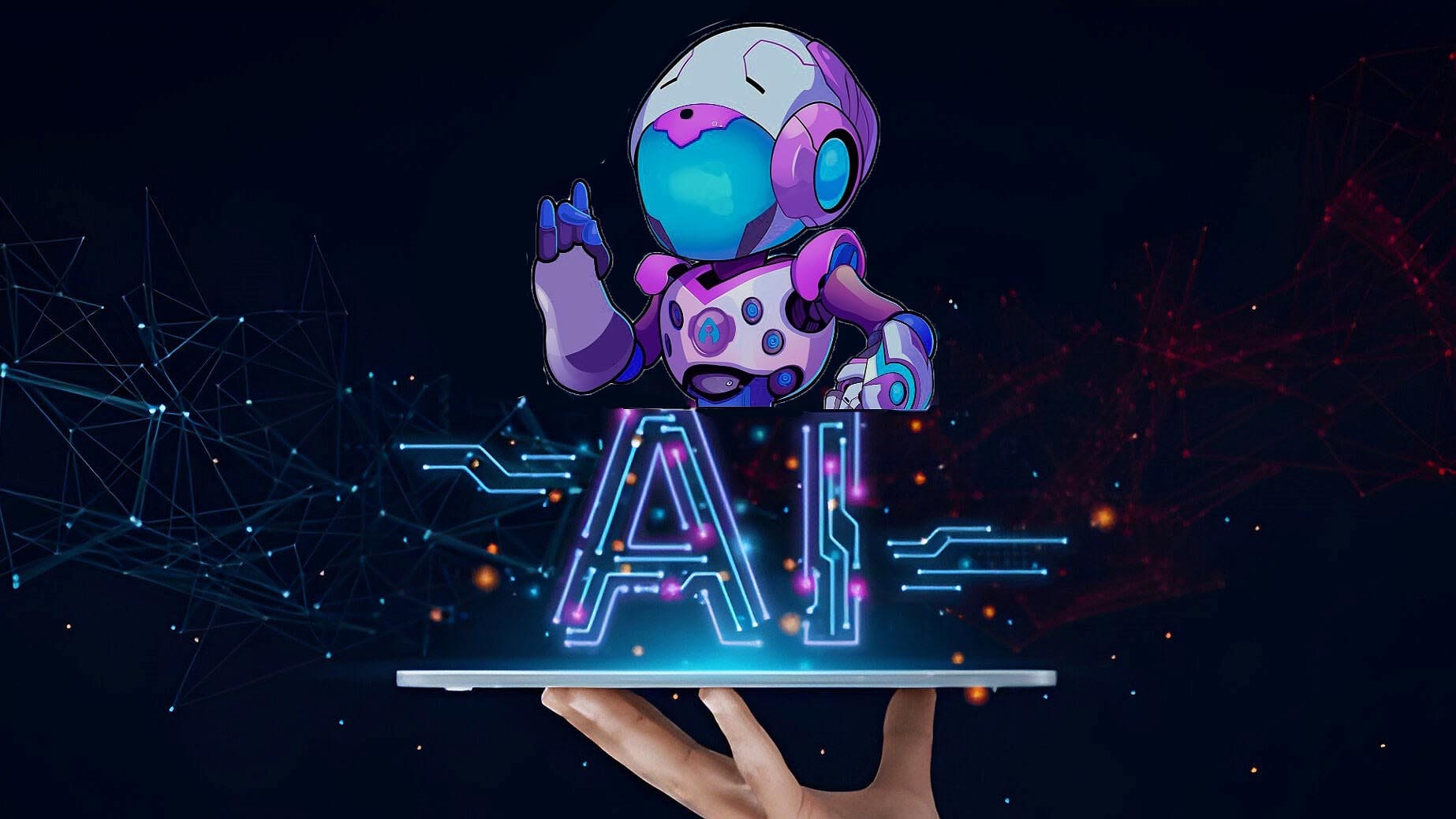
Good Insight!